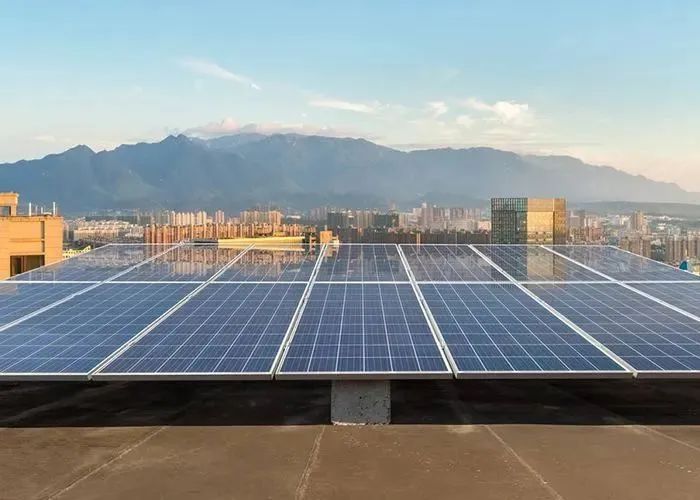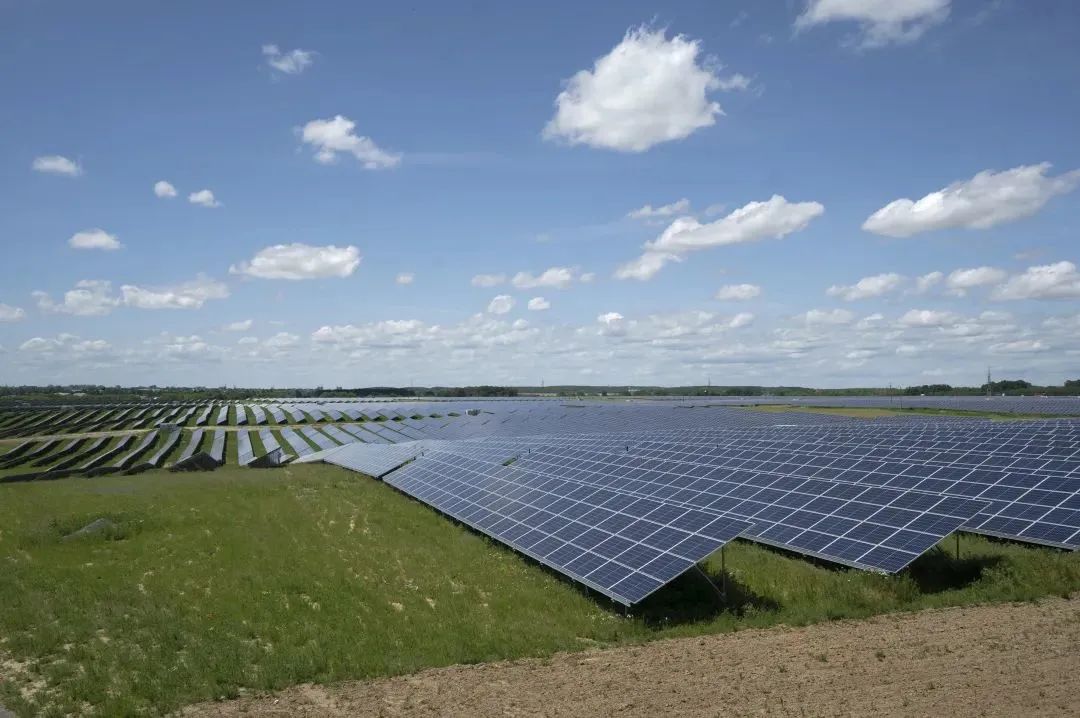 What are the benefits of photovoltaic elderly care?
What are the benefits of photovoltaic elderly care?
Mar .28.2024
Photovoltaic power generation has entered every household, many places have introduced subsidy policies, and photovoltaic power generation has been included in many people's retirement investment projects. It is believed that with the promotion of home ph
 The major models of "Photovoltaic + Agriculture"
The major models of "Photovoltaic + Agriculture"
Mar .14.2024
New energy + new agriculture, one represents the future of green transformation and development, and the other represents the foundation of the national economy and people's livelihood. Photovoltaics have given new vitality to the most traditional agricul



 Regarding solar power generation solutions, we are on the way
Regarding solar power generation solutions, we are on the way
 What are the benefits of photovoltaic elderly care?
What are the benefits of photovoltaic elderly care?
 The major models of "Photovoltaic + Agriculture"
The major models of "Photovoltaic + Agriculture"
 2024 Pearl River Delta Energy Storage Annual Conference
2024 Pearl River Delta Energy Storage Annual Conference